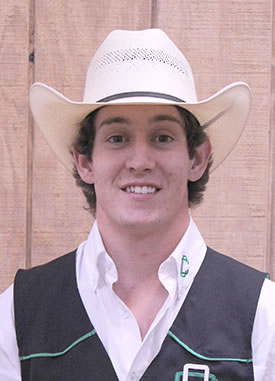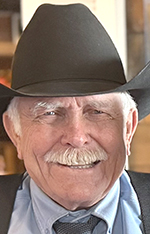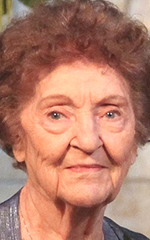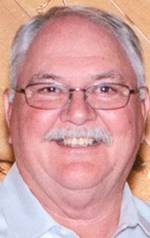By Ted Harbin, TwisTed Rodeo
LAS VEGAS – The “eliminator pen” of broncs at the National Finals Rodeo are the most miserable, hardest-to-ride horses in ProRodeo.
Most of the cowboys who get on their backs in a regular season hit the dirt, but those that ride them well are rewarded with high scores. Of the 15 horses in the mix during Sunday’s fourth round, there were a couple that may have been more rider-friendly.
Brody Wells had one of those in Calgary Stampede’s Yesterday’s Delivery, which he rode for 86 points to finish fourth in the go-round. That was worth $14,127.
“I was pretty excited,” said Wells of Powell, Wyoming. “That’s a really good horse to have in the ‘E pen,’ and I’ve been thinking about that horse a lot this fall. It’s just been weird thoughts. It’s come to me and when I was riding my spur board before I came here, that’s the horse I thought about having.
“I thought I rode him pretty good. I made a mistake about the third or fourth jump, but a lot of stuff was happening.”
Yes, it was. The athletic bay provided a great deal of action, but Wells matched it move for move. With his ride, the Wyoming cowboy increased his NFR earnings to $57,814. He’s 10th in the world standings with $193,617.
“It’s touch and go on a horse like that,” he said. “You just keep your chin down and keep firing. I had one little bobble, but I just kept gassing it and kept going.”
It was a nice recovery. After winning Friday’s second round, Wells was bucked off by Corey & Lange Rodeo’s Diamond Fever on Saturday. He just kept the situation in perspective.
“I don’t care about that,” Wells said. “I like going for wins. I want to ride every horse I get on and ride it good, but if I go down trying to win, there’s no sense in being 82 points out here. You’re not going to get paid, so it doesn’t bother me at all.”
Besides, he has six more nights to showcase his talents and try to grasp the opportunities to earn more Las Vegas cash. The first step is Monday’s “TV pen,” the grouping of horses he bronc riders have selected to be the most electric. The name of the set dates back to the days when only the 10th round was televised. Those horses perform on the fifth and 10th rounds.
“Having an 86.5 in the ‘eliminator pen’ helps a lot, because tomorrow is going to be big,” he said. “Those horses still buck, and they can still stand you on your head, but they’re going to be really showy, good timing and feel bucky but good.”
From one rank beast to another, Wells is doing what he loves on the sport’s biggest stage.










Reader Comments